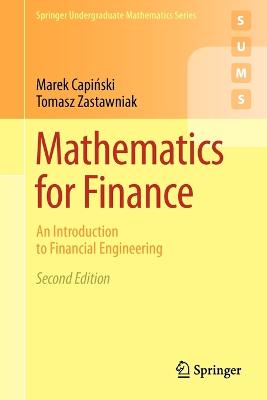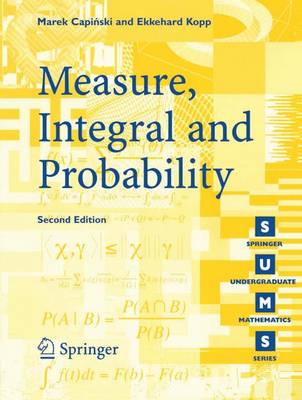Springer Undergraduate Mathematics
3 total works
Mathematics for Finance: An Introduction to Financial Engineering combines financial motivation with mathematical style. Assuming only basic knowledge of probability and calculus, it presents three major areas of mathematical finance, namely Option pricing based on the no-arbitrage principle in discrete and continuous time setting, Markowitz portfolio optimisation and Capital Asset Pricing Model, and basic stochastic interest rate models in discrete setting.
For this second edition, the text has been thoroughly revised and expanded. New features include:
* a substantial new chapter, featuring a constructive proof of the Radon-Nikodym theorem, an analysis of the structure of Lebesgue-Stieltjes measures, the Hahn-Jordan decomposition, and a brief introduction to martingales
* key aspects of financial modelling, including the Black-Scholes formula, discussed briefly from a measure-theoretical perspective to help the reader understand the underlying mathematical framework.
In addition, further exercises and examples are provided to encourage the reader to become directly involved with the material.


